|
For me, the learning curve continues. What I’ve seen, heard and incorporated into my agave-based industries worldview over the past year alone, provides the impetus for revisiting the issue of sustainability as it relates to mezcal and pulque in Oaxaca. This essay, more than previous ones, does presuppose a basic knowledge of traditional mezcal manufacturing methods and a basic understanding about how pulque is produced. But if you don´t have the background, nevertheless read on; this short treatise might just be the impetus you need to visit or return to Oaxaca, to get out into the fields, to meet with the palenqueros (small scale producers of mezcal, as they’re termed here in Oaxaca), and imbibe with a different perspective and new appreciation. Mezcal and pulque production are indeed two of the most environmentally friendly industries in all of Mexico. Mezcal has a history dating to 1578 if not earlier, and pulque’s past takes us back a couple of thousand years. Palenqueros’ and tlachiqueros’ (those who extract aguamiel to then allow it to ferment into pulque) traditions, accordingly, have included inventing and adapting over the course of umpteen generations. Each small family producer has eked out a modest living; using, reusing, and sustaining his environment as well as himself. When it comes to the state of Oaxaca where most mezcal (but relatively little pulque) is produced, the diversity in climatic regions, geography and cultures inevitably impacts both the means of production and tools of the trade involved in growing and harvesting, baking, fermenting and distilling. Concomitant with the foregoing, then, is the range of sustainability models which relate to the processes. And so it is enough to restrict this essay to Oaxaca, mainly to a radius of no greater than a five hour drive from the capital, since this is my bailiwick. At least eight species of the genus Agave are used to make mezcal in the state of Oaxaca. It’s been reported that most species are represented by upwards of 20 subspecies. Each subspecies is best suited to a particular micro-climate. With such a diversity of maguey (as agave is commonly known) it is not difficult to imagine the diversity of regions where mezcal can be produced, and with it the variety of nuances in the spirit. Where there are fertile, humid river valleys, one subspecies may be best suited, and on the steepest of slopes on rugged rocky terrains some 7,000 feet above sea level, another. Agave Growth: Time, Irrigation and Fertilizer Depending on the species of agave, reproduction may be achieved through germinating seeds, cutting off and planting the baby agaves which grow on the flower stalk, or transplanting runners known as hijuelos. Best practice dictates watering tiny agaves during the first year or two of growth. If the yearlings are transplanted into fields or onto slopes at about a meter apart during the rainy season, no further irrigation is required for the subsequent eight or more years until maturity is reached. Greenhousing is not required and generally not practiced. If fertilizer is used, it is usually the decomposed feces of farm animals or the composted agave fiber which might otherwise be discarded after distillation. However the use of any fertilizer is the exception rather than the rule. While weeding is frequently practiced, it is usually done for only for the first year or two after transplanting into fields or onto slopes. After this point in the growth cycle of agave, the plant generally loses very little of the nutrients from the terroir. In fact, it is common practice to plant other crops between the rows of agave known as circos, mainly cash crops which mature and can be harvested once and at times twice yearly. This enables the grower to sustain himself and gain an income while waiting for his agave to mature and then either be harvested for his own production of mezcal, or sold to a palenquero. While there are a couple of pests which can destroy the agave, a program of infrequent yet regular monitoring easily avoids a situation where a crop is wiped out. Agave Leaves or Pencas: Though Not Used to Produce Mezcal and Pulque, Have Utility Agave’s broad, fleshy leaves known as pencas are considered by some to be waste product since they are not directly used to make mezcal or pulque. However they have multiple other uses in the present, as they have in the past. In earlier times the pencas were used to produce a green dye. The sharp point on species such as angustifolia could be broken off and used as a needle, the thin connected fiber as the thread. The point itself was used as an incising tool, to decorate pottery. Today, just as in generations past, the pencas are processed into fine fiber and used to make a rope known as ixtle. The fiber is also used to make floor mats, market bags, clothing, bridles and muzzles for horses and other beasts of burden, and even paper. While still green, the leaves of Agave americana and other species with large thick pencas are used in the ritualistic preparation of barbacoa de borrego o chivo (sheep or goat cooked in an air-tight in-ground oven). They are also used to fashion the spoon used in the condensation stage of mezcal production where clay pot production is practiced. Two or three green pencas are at times connected to form a trough for this stage in the distillation process, running between and above a series of clay pot stills, delivering water to each. When the steam rises to the metal receptacle with cool water fed by the trough, it condenses, falls onto the spoon, and exits the pot through a hole, to which a piece of river reed is attached. The most common use for dried pencas is as kindling for starting fires and as a primary fuel source utilized in making pottery (rudimentary above ground or open air, or more traditional brick kilns), or for cooking, most frequently under comals, clay pots and iron grates for preparing, respectively, tortillas; moles, coffee, atole, tejate, etc.; and grilled meats and vegetables. The Quiote or Flower Stalk: More than a Reproductive Organ The flower stalk, or quiote, can extend to more than 20 feet, and reach 8” or more in diameter depending on the variety of agave. The quiote has been and continues to be used as a musical instrument, similar in form and sound to the alpine horn (alphorn or alpenhorn) in the old Ricola cough drop commercial. The shape, size and type of conical bore lend to its ability to produce a plethora of sounds, pitches, etc. When still green, part of the stalk is occasionally ground with corn to make tortillas, providing a bit of natural sweetness to the staple. But as with pencas, the quiote finds its greatest utility when dried. It is often used as firewood, and on occasion to build log cabins. It’s been noted that if covered with a layer of cement, a home built of quiotes can last up to 100 years. For whatever uses a tree trunk might have, so might the flower stalk of some agave species. The Heart or Piña of Agave: Lifeblood of Mezcal, Pulque and More The heart or piña of the numerous species of agave used to make mezcal and pulque contains the lion’s share of the nutritional value of the plant. In the case of pulque, once all the honey water or aguamiel has been harvested from the pulquero (as the species of agave used to produce pulque is generically known), the piña can still be baked, fermented and distilled to produce mezcal. However, with little nutritional value remaining, it is generally not worth the effort. On the other hand, the hollowed out base does have a couple of ancillary uses. The remaining pencas can be shaved from it, and it can be left to dry. Hide can be stretched onto the top, and it can be used as a musical instrument, a bongo drum. Another use is as a rustic, highly functional yet decorative flower pot. The more frequent use is as a log, for fuel. Once the piña has been baked, crushed,fermented with the addition of water, and distilled, spent fiber or chaff known as bagazo remains, and is cleaned out of the still. It has multiple uses. Its immediate and direct utility in the mezcal making process is to serve as an insulator. After the firewood and rocks have been placed in the pit used to bake the agave, before the agave is placed onto the rocks a layer of wet bagazo is placed on top of the rocks. This inhibits the piñas from burning. When dried, the bagazo is at times used as a fire starter. However more frequently it is used as mulch, and if left to decompose for between six months and two years is used as compost. One palenquero with a sideline business of producing greenhouse tomatoes regularly uses his bagazo as mulch around his tomato plants. When used as a compost, the bagazo goes right back into the earth to stimulate the growth of the next generation of agave. When mixed with mud and sand, bagazo is used to form adobe bricks, having the same properties as adobe made with more traditional materials. At least two Oaxaca mezcaleros, and likely more, use the bagazo to make labels for their bottles of mezcal for export. Wood: Seconds, of Any Tree, or Counter-Productive to a Sustainable Industry This essay cannot hope to adequately address ongoing arguments regarding what fossil fuel is the safest, cheapest and least detrimental to the environment. What it can do is put forward factors in support of the use of wood as a renewable resource in the production of mezcal, and let the reader reach a reasoned conclusion. Virtually any wood can be used to bake agave and fuel a still. Of course efficiency, flavor and aroma are impacted. Palenqueros are able to buy seconds in the forestry industry, logs which cannot be used for certain construction purposes because of quality issues. Some woods burn hotter and smokier than others, and they impart differing flavor and aroma profiles to mezcal. The point is that palenqueros have choices based upon economic considerations and what they hope to achieve in their mezcal. When agave has finished cooking, usually after about five days, and the piñas, bagazo and rocks have been removed from the oven, charcoal, as opposed to ash, remains at the bottom. The charcoal is sold in grain sacks known as costales, or used as a fuel for cooking. If pine, it is frequently used in hearths for hand-forging cutlery, knives, machetes and a variety of implements and specialized tools, many of which are employed in the initial stages of mezcal and pulque production. Since pine charcoal is oxygen rich, it is capable of yielding a hotter heat than most other woods, making forging easier and quicker. I previously noted that green agave pencas are at times used to make spoons and troughs. So too are pieces of wood, hewn into shape from the logs purchased to be used as fuel. Some mezcaleros are actively funding reforestation projects of saplings of their chosen species, so as to ensure a continuous source of fuel in their operations. The Oven and Crushing Baked Agave: Crucial Steps Requiring Little Investment The traditional in-ground oven used to bake agave in mezcal manufacture can be nothing more than a pit dug into the ground. Depending on the substrate, sometimes no lining is used. However when reinforcement is required, or the palenquero wants to impart a particular nuance, the oven is usually lined with river rocks. The stones which are used to retain heat during baking are generally secured locally. The most commonly employed traditional means of crushing baked agave is using a beast of burden, that is a horse, donkey or mule, to drag a multi-ton stone wheel (usually locally mined limestone but sometimes a mix of other smaller stones and concrete) known as a tahona, over small maguey pieces contained in a circular shallow stone or stone and concrete enclosure. A more rudimentary means which continues to be utilized to crush the baked maguey is using a heavy, hand-hewn, usually hardwood mallet often referred to as a mazo, and pulverizing the fleshy baked plant heart in a usually elongated shallow stone pit or a hollowed-out tree trunk. In either case the enclosure is known as a canoa, or canoe. Virtually no capital investment is required by using this means of preparing the agave for fermentation. Fermenting Crushed Maguey: Nothing Goes to the Junk Yard Crushed maguey with the addition of requisite water can be fermented in virtually any receptacle as long as it reasonably retains the liquid and does not lead to imparting an undesirable flavor or aroma to the mezcal. While pine slatted tanks are most commonly used in and around the central valleys of Oaxaca, other wood is also employed. However, these above-ground wooden tinas as they’re known, are far from the only options. At times a pit is dug in the ground, and once again depending on the substrate, either nothing more need be done to it to create a fermentation tank, or it can be lined with stone or wooden boards. In Sola de Vega and Matatlán I’ve seen enormous hollowed out tree trunks and stone lined pits respectively used as fermentation vats. In both cases these were vintage and no longer operational, although presumably in certain locales they both continue to be used. Similarly, yet still employed today in some parts, hides and organ linings provide sustainable secondary uses for animal parts, imparting unique nuances to mezcal. Large plastic barrels and buckets, concrete and / or brick tanks, sterilized oil drums, and even the metal shells of broken down washing machines are used to ferment. The capa which forms on the top of the filled fermentation vessels even has a use, to seal together the upper and lower chambers in clay pot production. It is similarly utilized with copper distillation, sealing each part of the copper apparatus to the other; the large encased pot to the top vessel, the top vessel to the tube extending across to the tank, and that tube to the immersed serpentine. Water and The Still The water used in mezcal production comes from diverse sources. Included among them, are rivers and streams with or without filtration, trucked in water which is filtered, and spring water. Of course quality is key for fermenting and mixing with mezcal to adjust alcohol content. However, for use in the still for condensation, it is of virtually no importance. In terms of distillation, sustainability viz. water is noteworthy. In copper stills, water is left in the tanks, circulated, or kept running so that it is continuously changing and kept cool to better facilitate condensation. In all cases it is reusable; for irrigation, for cleaning the still, and for as many other uses as imaginable. Similarly once distillation has been completed the runoff can be reused, usually for irrigation. Clay pot operations tend to be in regions where there is an abundance of water, and hence water is often not recirculated, but rather continuously flows into and then out of the condensation vessel, exiting to be used to irrigate. Copper still mezcal production requires a significant capital outlay, but the casings enclosing the copper are generally constructed of clay brick or stone, with their mortar often consisting of mud. Cost is somewhat reduced if, for example, the serpentine is immersed in an otherwise unusable washing machine outer metal shell rather than in a brick housing. For clay pot production, the pots are produced locally, and once again the casing is usually brick or stone and mortar. The mortar is often a mix of mud and / or cement and / or, once again bagazo.
A Look to the Future: Sustainability in Agave-Based Industries In Oaxaca recycling is practiced more out of necessity than a concern for the environment; it is one of Mexico’s poorest states. Palenqueros and mezcaleros, tlachiqueros, campesinos, and most others integrated into these livelihoods, will no doubt continue to invent and adapt to their surroundings and to the vicissitudes of life, while producing mezcal, pulque and the innumerable other products made from maguey. It is hoped that sustainability in these industries will continue, and that Oaxacans will find new ways to respect the environment, in the future more so out of an appreciation for mother earth than out of fiscal compulsion. Alvin Starkman co-owns Casa Machaya Oaxaca Bed & Breakfast (http://www.oaxacadream.com) and Oaxaca Culinary Tours (http://www.oaxacaculinarytours.com). He is one of the authors of the most comprehensive, high quality bilingual color Mezcal Tasting Wheel. Alvin often assists visitors to Oaxaca to learn about mezcal, pulque and other traditional beverages, by taking them into the fields and to visit quaint rural palenques. He also works with those with a business plan in mind, be it export of mezcal, photography or within the context of documentary film making.
2 Comments
This essay centers upon sustainability as it correlates with direct by-products of small-scale commercial mezcal and pulque production. It synthesizes and augments earlier efforts on traditional production of mezcal and pulque as sustainable industries today. It is beyond the scope of this endeavor to even touch upon the historical utilization of agave, or its current uses unrelated to making fermented beverages and mezcal. It remains a work in progress and is by no means meant to be the definitive or a complete statement on the theme. Finally, the reader should be aware that it does presuppose a basic knowledge of traditional production of mezcal and pulque in Oaxaca.
Growth of the Maguey Whether Agave angustifolia (espadín, still the most common variety of the plant cultivated for making mezcal), or Agave americana (generically referred to as pulqueros, the varieties used to ferment pulque), these magueyes as they’re locally known, thrive in desolate landscapes, where soil fertility is frequently low and rain is often restricted to a single season. They grow on both steep mountainside slopes and in fields. Naturally the length of time to maturity as well as size and quality of the plant are affected by climatic and other conditions; but the plant does well everywhere within a certain range of elevations in southern Mexico. Baby agaves harvested from quiotes (stalks) are best planted in beds and watered once or twice a week during dry season. Then, after transplanting into permanent fields during rainy season, they require no irrigation through maturity, which usually occurs six to eight years hence. Fertilizer is not required. Ongoing care and tending is often non-existent, though periodic checking for infestations and weeding is practiced by many growers. Essentially, what the earth offers and the sky delivers are sufficient for producing agave prime for producing both mezcal and pulque. Quiote, Leaves and Piña Left in the Fields The quiote, while still green, can be milled and mixed with corn masa to make tortillas, yielding a foodstuff with a little more sweetness than the traditional staple. When dried, the quiote is used as a fuel, to heat clay brick ovens for making comales as well as other utilitarian pottery pieces in addition to decorative figures. The dried stalk is also utilized as a fuel for heating comales, grilling meats, boiling water, and a plethora of other uses. It has been used as a construction material, for making “log cabins,” and when covered with a layer of cement can last up to 100 years. The hollowed out quiote of a number of agave varieties can be used as a musical instrument. The live entertainment which formed part of the presentation earlier this year of the first bilingual edition of Ulises Torrentera’s book, Mezcalaria, Cultura del Mezcal, consisted of a musician playing a series of different trompetas, as they’re known. The sound and form of playing was reminiscent of the Swiss mountain man playing the alpine horn (alphorn, a type of labrophone, bored from softwood) in the old Ricola cough drop commercial. The sound is more agreeable as part of a mixed instrument performance. Nevertheless, the performance exemplified yet a further example of the versatility of the quiote. The thick, broad leaves of Agave americana, but more commonly the succulent protrusions of angustifolia, are encountered bundled and drying on the rooftops of village homes in agave growing country, particularly in areas where production of pottery is a cottage or more commercial industry. As with the quiote, the leaves are employed as a fuel, sometimes as simply a fire starter, but regularly as a primary “firewood” if you will, for fueling pottery ovens, heating comales, grills and clay pots, and for preparing traditional Oaxacan beverages found in marketplaces throughout the state such as chilacayota, and more often tejate, the corn and cacao based highly nutritional drink of pre-Hispanic origins. In the production of pulque, at the initial phase of preparing to carve out a well in the heart of the agave for the extraction of aguamiel, leaves are removed. And over the course of ensuing weeks and months as the plant is being tapped twice daily, additional leaves are excised from the living and indeed still green agave. These fresh leaves are almost always used to add flavor to traditional barbacoa, the goat, sheep or beef prepared in an in-ground oven. After each extraction of aguamiel, a layer of flesh from inside the well is scraped away in order to help the plant to “bleed” once more. The scrapings are often used as chicken feed. When the pulquero has run its course and is no longer viable for producing aguamiel, the heart or piña can be baked along with other unadulterated piñas, to make mezcal. But generally speaking the remaining nutritional value of the piña is so low dictating that it’s not worth the time and effort to further use the plant for mezcal production. On the other hand, with all the leaves completely removed from the agave, and a mere hollow shell remaining, if dried this conical piece of heavy hollow plant product is can be converted into a bongo drum by affixing pieces of tanned hide to each end. Together with the trumpeta we now have half of the prerequisites for a quartet. Sustainable Mezcal Production I: Baking the Agave Many palenqueros in Oaxaca use whatever logs are readily available to bake agave, with their purchase motivated mainly by price. However, those who produce the spirit for more commercial and export consumption (as opposed to for a more local population) for a number of reasons are more particular in selecting the type of wood they burn. However, seconds in the forestry industry which are not prime for construction are generally preferred because of the reduced price. This adds to the sustainable nature of mezcal production. The typical oven is merely a pit dug into the ground, at times lined with clay brick or stone depending on the substratum. The rocks placed on top of the smoldering wood are obtained from small, nearby quarries. A layer of wet fiber, discard from the distillation process, insulates the agave piñas from the hot rocks, thereby inhibiting charring of the bottommost agaves, that is those closest to the rocks. Empty, used grain sacks are ritualistically employed to then cover the mound of agave. The final layer is simply earth. An airtight oven is thus created, at times with logs placed on top of the oven to ensure the earth stays in place. Once the baking is complete and the piñas and rocks have been removed from the oven, charcoal rather than ash remains in the very bottom of the pit. The charcoal is sold, or used by the palenquero and his family as a fuel for cooking. The charcoal imparts different flavors in grilled meats, not only based on the type of wood from which it has been derived, but from the sweet, caramel-like baked agave. Sustainable Mezcal Production II: Crushing and Fermenting The two main methods of crushing baked agave are: (1) employing workers from the local community who use heavy wooden mallets to pulverize the pieces of piña which have been placed in a stone or wood lined “canoe” in the ground; (2) having an employee work a beast of burden to crush the agave after it has been chopped into pieces with a machete and placed in a stone-lined shallow circular pit – the horse, donkey or mule drags a limestone wheel over the agave. In either case, local labor is employed, more so than when more industrialized methods employing diesel or propane fuel and modern stainless steel and related equipment rather than animal or human labor. Towards the end of fermentation, a thick gooey layer forms on top of the fermentation vat. The substance is used as a sealer during distillation. Whether a copper, or a clay pot and carriso (river reed) still is used, two chambers are sealed with this substance once the lower chamber has been filled with the fermented liquid and fiber. Sustainable Mezcal Production III: Distilling Since the wood used to fuel traditional Oaxacan stills (alambiques) of either type does not come in direct contact with the fermented agave fiber and juices, the type of firewood purchased is of less significance than the wood used in baking, the latter selected for its specific properties. The water used for cooling and condensing is the same water used to clean out the clay or copper pot after the first distillation. It can also be used to irrigate. Accordingly, the same water can be used for three purposes. Finally, the liquid in the alambique remaining at the end of the distillation process, can also be reused to irrigate. Perhaps the most valuable by-product of the entire process, and which has the greatest number of secondary uses, is the fiber remaining in the still at the conclusion of the first distillation: · as noted earlier it is used as an insulator between the hot rocks and agave piñas during the baking process; · it can immediately be used as mulch; · it can be used as compost after having been left to break down for between six months and two years; · it can be used as feed for certain farm animals; · it can be used as a fire starter, a kindling of sorts; · it can be used as a substratum in commercial mushroom production; · it can be used to make adobe bricks when mixed with mud and sand. Epilogue The stalk, the leaves, the piña; the pit, the wood, the labor; the water and the fiber. Virtually every constituent in each stage of the traditional process of making both mezcal and pulque in Oaxaca is characterized by sustainability. Recylcing and reusing for economic reasons, out of a concern for the environment or simply convenience. It really doesn’t matter. The secondary uses of the materials and means of green production in these two agave-based sustainable Oaxacan industries are remarkable. Alvin Starkman resides in Oaxaca. He has been a mezcal and pulque aficionado for two decades, helping likeminded visitors to the region and those interested in export or learning more, to get out into the fields and to the various types of palenques to sample, buy and understand more about Mexican fermented and distilled drinks. He co-owns Casa Machaya Oaxaca Bed & Breakfast (http://www.casamachaya.com) and Oaxaca Culinary Tours (http://www.oaxacaculinarytours.com), and uploads interesting information about mezcal and pulque to http://www.oaxaca-mezcal.com. |
Archives
October 2022
Categories
All
|

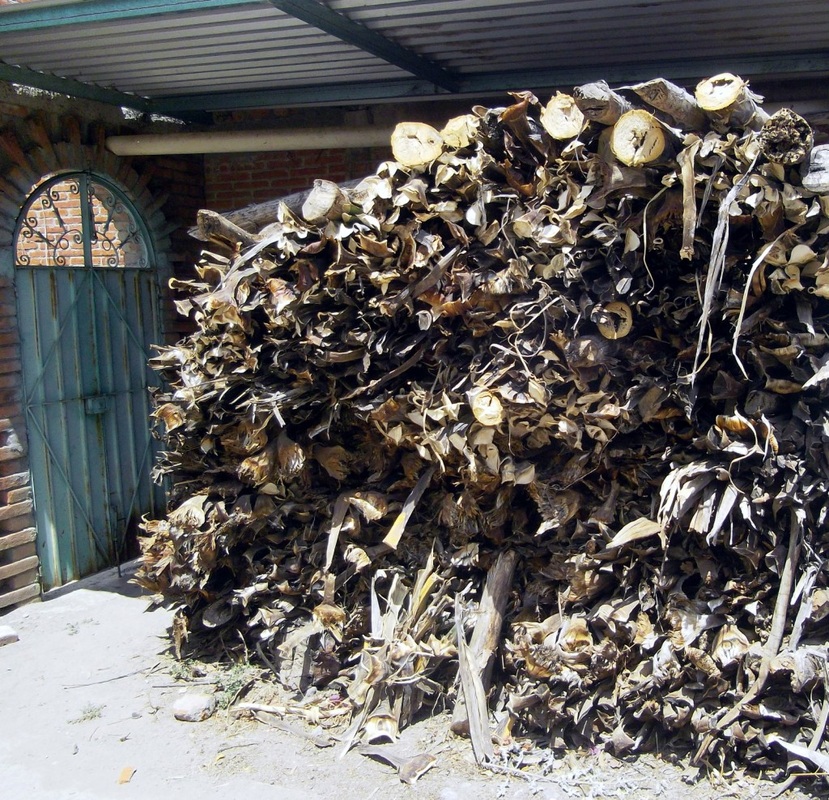
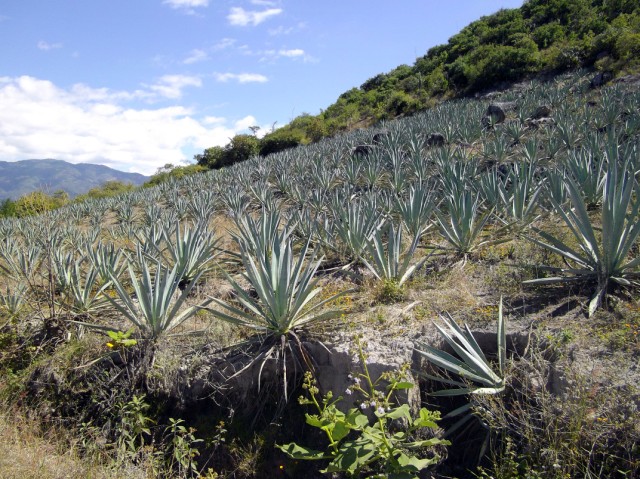

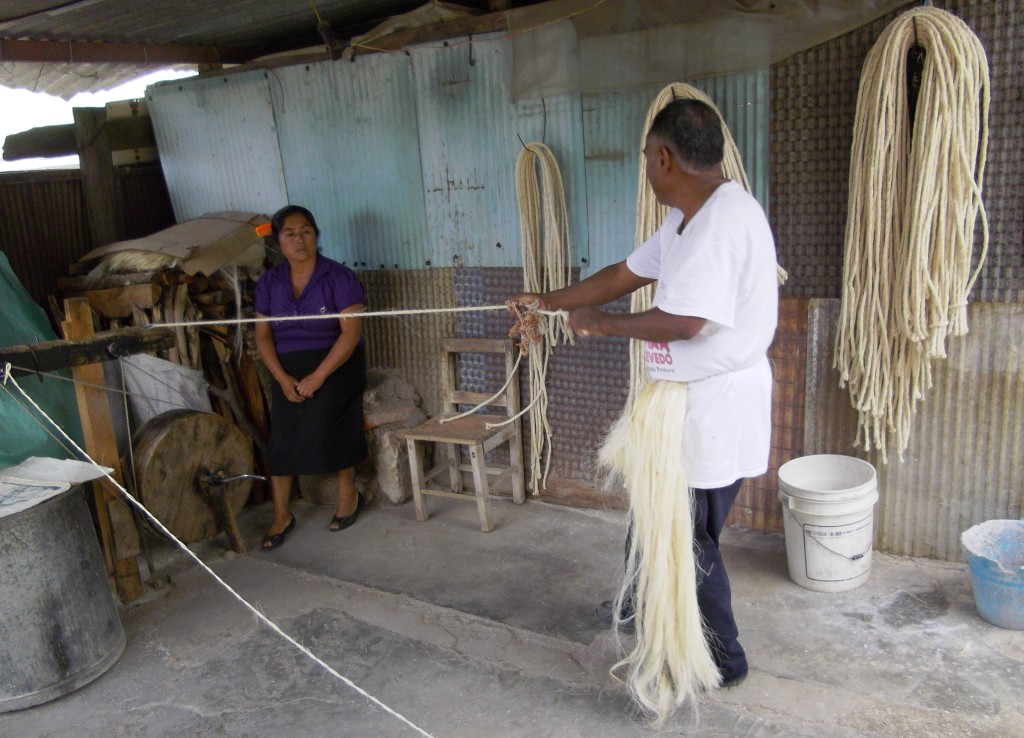


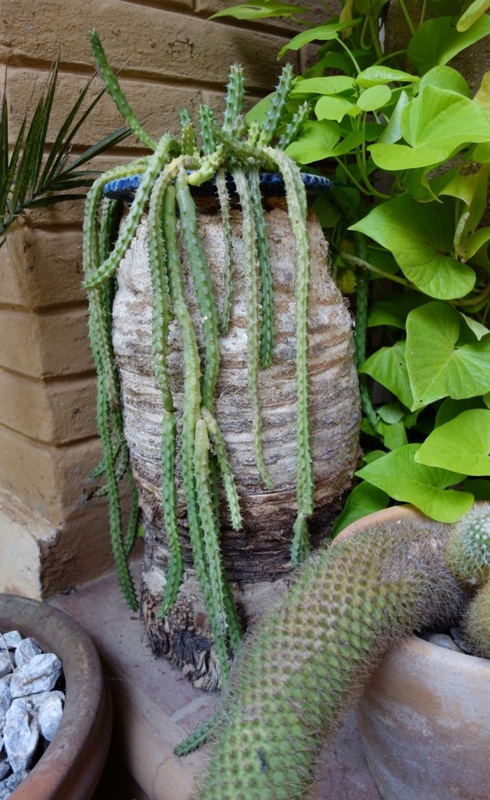




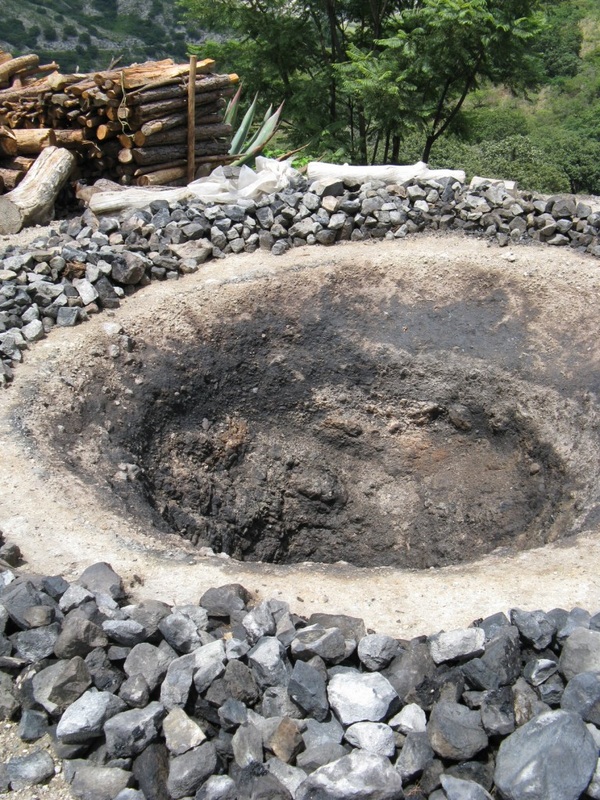


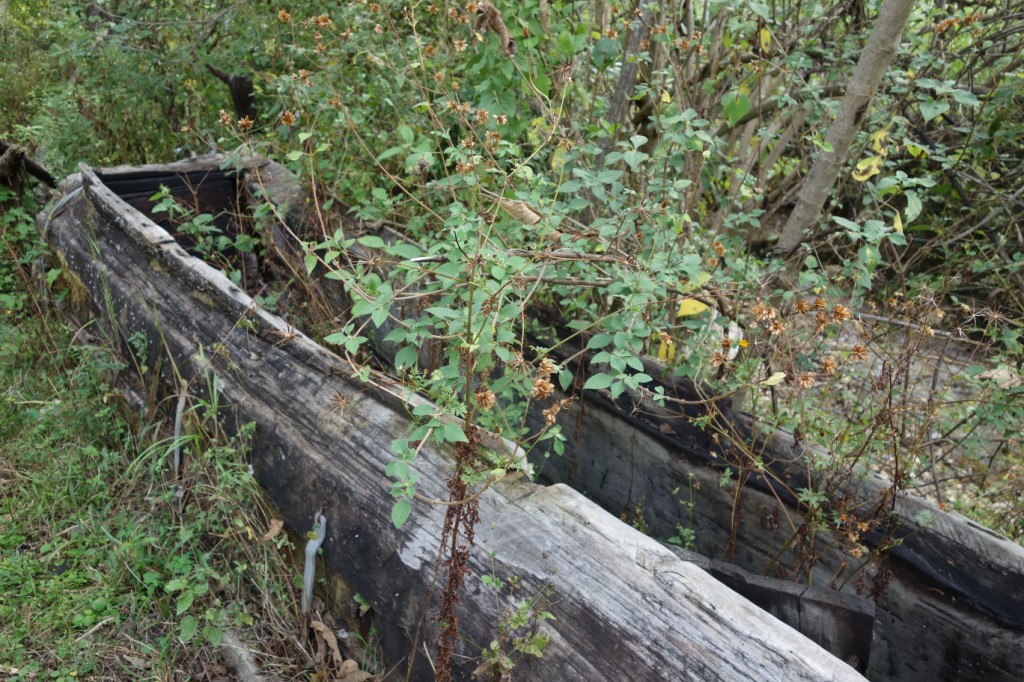

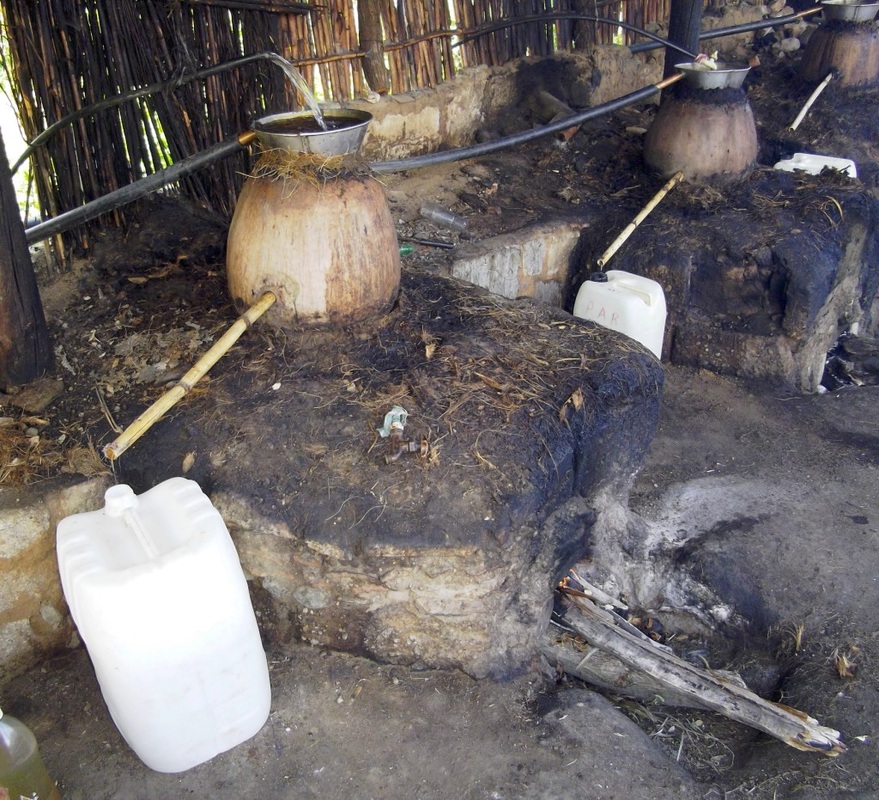
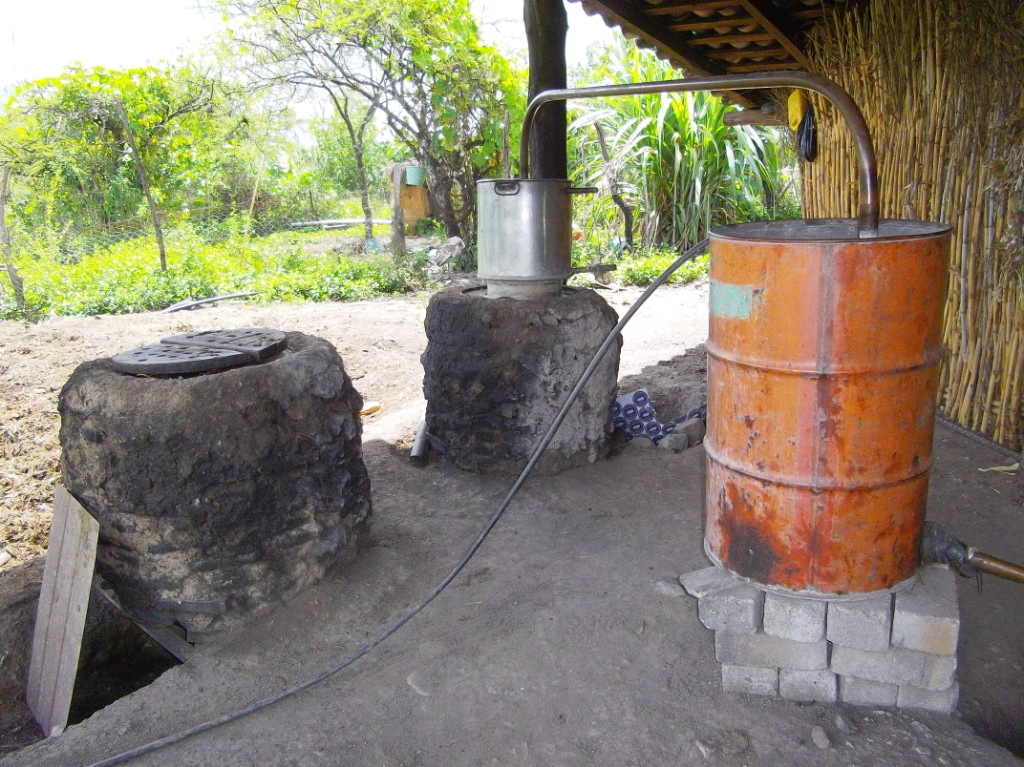

 RSS Feed
RSS Feed
